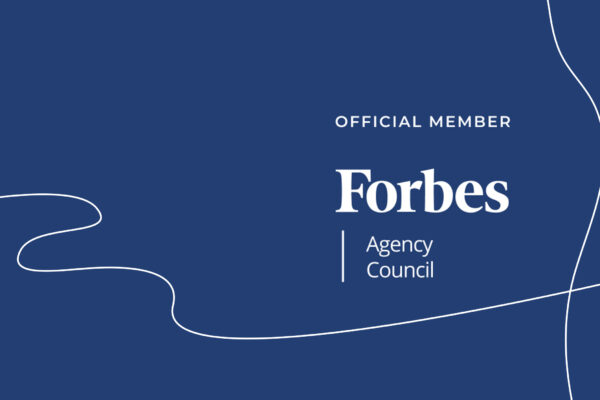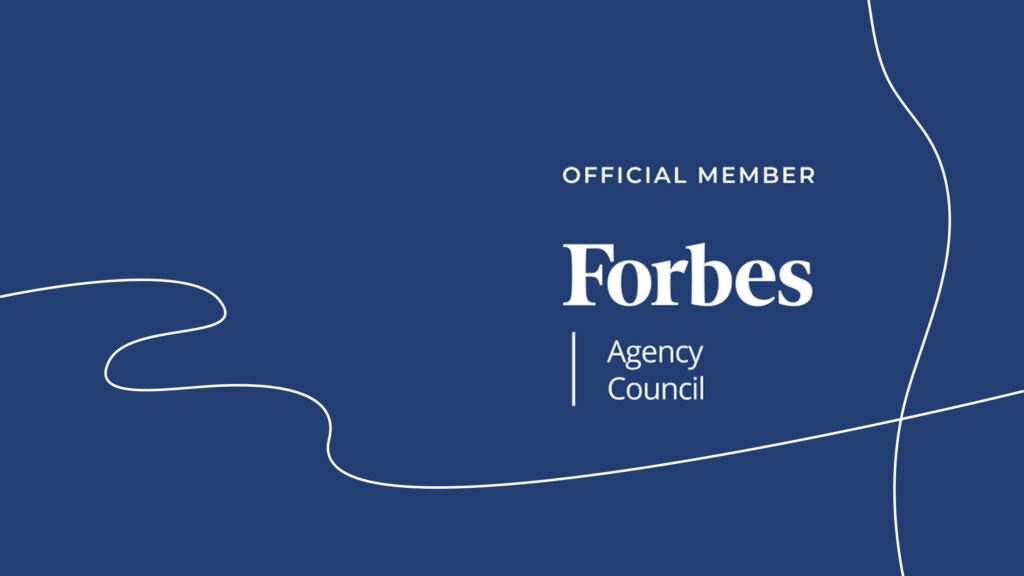As seen on Forbes
By Kathleen Lucente
We’re forgetting how to listen. Swamped with flooded schedules and information infestation, constantly checking our smartphones and swiping through the infinite news streams of social media, we’re primed to find the shortcut to satisfaction, enlightenment or some other destination we’re told to deserve or expect.
We know by now that digital distractions weaken analog relationships. They make us decidedly less present. They displace us from the moment, the here and now of life. They disturb our ability to listen to others and to extract meaning, intent and emotion from the words people speak. The corrosion of our ability to listen degrades our relationships — both professional and personal — and obstructs success.
So much of what we accomplish as leaders and colleagues is derived from listening: to our employees, customers, peers and ourselves. It’s important to note the distinction between hearing and listening. Most of us have quite capable hearing but fail to arrive at the deeper understanding listening represents. Assimilating others’ experiences, desires, emotions or worldviews into one’s own — without necessarily agreeing with them — is what drives personal and professional growth and, more fundamentally, is what connects us with others.
My father, Larry Kenney, was a great listener, a skill that I believe made him a great attorney, parent and husband. He was always quick to arrive at the heart of a problem, not necessarily because he was smarter than everyone, but because he was an exceedingly attentive listener.
Everyone needs somebody like Larry in their lives, to both learn from and talk to. In the presence of great listeners, those two concepts typically occur simultaneously. As the owner of a PR agency, listening is a fundamental requirement that takes disciplined effort and an honest process of introspection in which one has to acknowledge and unlearn bad habits. Thirty years in public relations has taught me that just a few simple exercises can do much to meet that requirement:
1. CLEAR YOUR MIND AND PREPARE.
If you’re headed to a meeting, conference or even just coffee with an old friend, it’s important to take the extra few minutes beforehand to mentally reset and center yourself for the forthcoming conversation. Write down any specific points you want to get across, while also realizing that you can’t sacrifice the rest of the discussion to make yourself heard. You’re also there to receive information, which I think is lost on people in their hurry to have their say.
In my day-to-day, I insist on building some buffer time, if only for a few minutes, in-between meetings so I can address action items from the previous meeting, then re-center for the next one.
2. AVOID ‘QUICK FIX’ MODE.
If all you do is respond to problems on the fly — which constant digital communication certainly doesn’t make any easier — there’s a good chance you’re only fixing surface issues rather than the underlying problem. This tendency can also lead to the habit of responding to the most pressing demand without asking additional questions that might unearth clues pointing to the root of the problem.
Resist reaching for fast answers and instead think about what you heard and what the next question should be. People in both personal and professional capacities typically love to be the one with the most right answers. But the people with the best listening skills understand the right questions are often more crucial.
3. ALLOW WIGGLE ROOM.
Give your conversations room to breathe. Instead of arriving at a dialogue with preconceptions, approach it ready to receive and explore possibilities. The limit to what’s possible is self-inflicted in many cases and ultimately defeats the purpose of the discussion in the first place.
4. BODY LANGUAGE MATTERS.
Great listeners maintain eye contact, express understanding and lean in, both physically and mentally, to convey interest. Conversely, you, the listener, can detect much from the speaker’s own physical signals: facial expression, tone of voice, posture.
When you’ve paid attention to yourself and to your conversation partner, you, the speaker, are ready to respond in a way that demands you be listened to. Similar to body language, the props you carry with you — like a smartphone — and the ways in which you interact with them similarly affect the direction and depth of conversation.
Placing your phone on the table right before the conversation starts is essentially a nonverbal cue that the person with whom you’re meeting isn’t important enough to warrant your full attention.
5. HARNESS SPEEDY THINKING.
Most of us think three or four times faster than we talk, which means that in many ways we’re tripping over our own thoughts when someone else is speaking. Channel that speed in how you take notes, but don’t let it carry you so far into what has been or what might be said that you forget what is actually said.
Use those notes to request clarification if you need to explore a previous point in more detail. By listening — and just as importantly, demonstrating that you heard the speaker word for word — you’re demonstrating the respect you’ve shown to the person and their opinion or point.
6. DON’T INTERRUPT.
This one is so simple, yet is the most egregious and frequently committed mistake a listener can make. Shifting from listener to speaker too early, especially at someone else’s expense, is disrespectful. It also eliminates certain directions a conversation might take. Your conversation isn’t “Jeopardy!” or “Wheel of Fortune.” Don’t act like it is.
As so many forces today clamor for our attention, it’s easy to assume no one notices how we behave or interact. But being fully present is the most critical element of listening, and it’s something everyone can get better at.
If we pause to listen to people, we create and foster dialogues that have true meaning, solve problems, lead to new ideas, establish and deepen relationships and much more. In the words of Stephen Covey, we are at our best when we “seek first to understand, then to be understood.”






